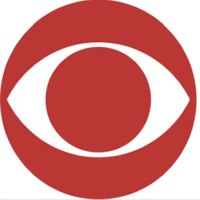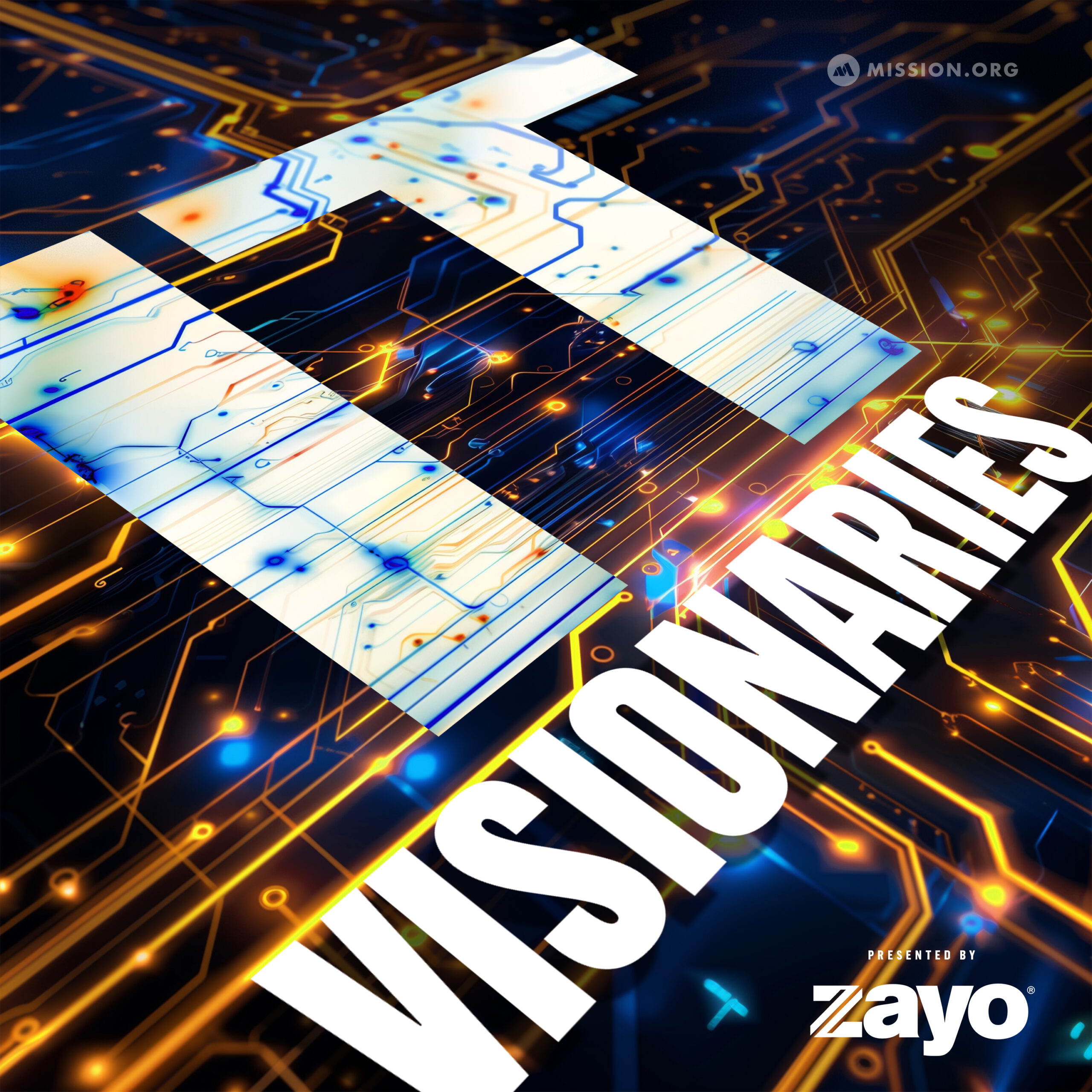Or listen in your favorite podcast app
Apple Podcasts / Google Podcasts / Stitcher
Steve Comstock (LinkedIn, Twitter) went from simply wanting to be an “uber-engineer” to the role of CIO of CBS Interactive, where he managed the media conglomerate’s entire digital enterprise. After more than eight years with CBS, Steve recently left the company to pursue new opportunities.
On this special two-part episode of IT Visionaries, Steve generously shares all of his experiences working his way up the IT ladder, including how he first got into technology, what it’s like to be in charge of streaming multiple Super Bowls and other major events, the challenges of the role of CIO, the future of digital media and much more.
Key Takeaways:
What really is the role of technology? — (2:00)
Steve originally wanted to get into IT because of a desire to become an “uber-engineer.” As he worked his way up in his career, he always saw technology as not just something cool, but a means to a better end. Steve believed then and still believes now that technology is only cool if it’s being used to make people better in some way, shape or form. When he got to CBS Interactive, after building his technical skills at Oracle and his business skills at SendMail, Steve felt comfortable asking the hard questions that got at that core belief: Are we really implementing this to move our company forward? Is this a technology that’s really going to help us take it to the next level?
“I ended up in IT because I really wanted to be the best engineer possible. And I felt that the way to become that uber-engineer was to start learning different components of technology, learn operating systems, learn networking, learn databases, learn web technology… I wanted to know each step and really understand how all these things were put together. So when I was going to go back to my engineering career and become the uber-engineer, I could really design nice elegant systems. I could understand how to maximize everything underneath it.”
“The thing I always found interesting was, sure, technology is really cool. But technology without culture is just technology. So you can deploy all this technology all day long, but if you don’t have something around that that helps someone become better, do their job better, move faster, become more productive, you’re not doing anything.”
The technical challenges of streaming the Super Bowl — (10:30)
CBS hosts the Super Bowl every three years, so Steve worked fully on two and did prep for a third. There is constant pressure to go above and beyond all the ones that have come before. For his first Super Bowl, Steve’s team offered five different angles to those watching on iPads or laptops — the only platforms available. Three years later, CBS was on 12 different platforms, had dynamically-inserted ads and their volume of traffic had expanded exponentially — just the initial rounds of playoffs had more traffic than Steve’s first Super Bowl. The pressure is overwhelming in that situation and you are often relying on new and untested technology to get you through. Figuring out how to manage that traffic, knowing what your system can withstand and constantly testing and pushing the system to make it stronger and stronger is important for success not just for an event like the Super Bowl, but for the overall success of your company’s product and brand image.
“The interesting thing about the Superbowl from a tech perspective is each of us are watching the previous one to see what they did and to see if we can go up a level.”
“You have an eight-hour window where you can make or break it from a financial perspective. Any downtime, any impact or any quality issue, anything during that period is just teeth grinding. So you have to plan, you have to think ahead and then you’re dealing with some of the technology that’s still brand new, still being vetted still maybe not 100% there.”
“The most interesting thing is we learned how to manage toward volume. And when we were first starting to do this, we were trying to determine how many viewers would show up. …We would run into issues where we either underestimated, overestimated or whatever, and it was really just a darts game at that point. And we had the epiphany that this is the wrong way to do it. The way we should have done it, and the way we ended up doing it, is you push the system to see how far it can go and you know where the green, yellow, red is and then you continually test and continually push.”
Meeting the needs of different users — (21:00)
CBS offers platforms for all variety of content, including sports, news, and entertainment. There are levels of access to each, whether it’s commercial-free or ad-supported. In either case, making sure the user has access to the product, content and has a good experience are the focus of the digital team. When they succeed in each area and the customer’s needs are met, it also accomplishes business goals. And the advantage of digital streaming versus watching broadcast TV is that there are instant and accurate analytics that shows exactly what people are watching, when, for how long and how often. That information leads to better business decisions.
“I want the best experience for you because the longer you’re on the site, the longer you’re watching that show, the longer you’re watching that sporting event, the more ads you might see, which generates more revenue for us, which puts a bigger inventory in place for sales to sell to and that helps us make numbers and improve….Or if you’re watching commercial-free, then it’s about churn. How do I give you the best experience so that you as a commercial-free member can find what you want quickly and not leave the site? We have to get the data analysis around that to say, ‘Okay, he’s been watching Star Trek or Twilight Zone or, Strange Angel,’ or whatever and start getting the analytics around that to determine, okay, what’s the next show you fund?”




